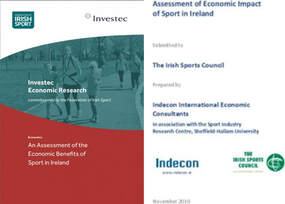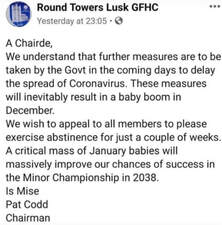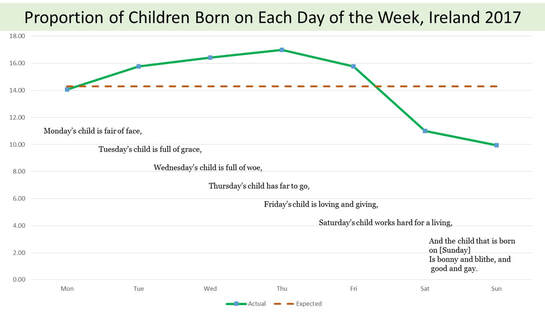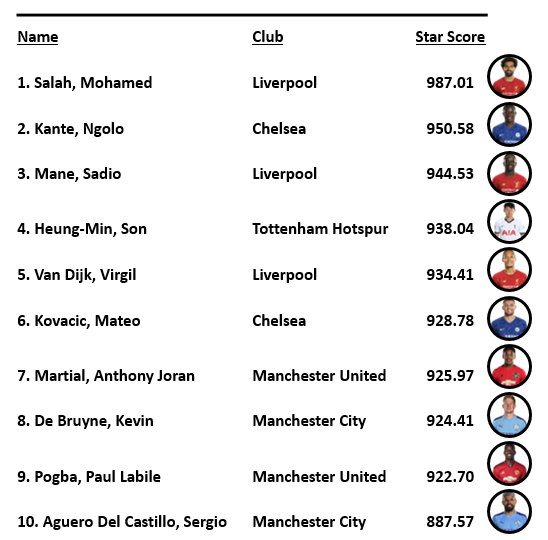
The Investec reports reminds us of the importance of local authority funding of sport in Ireland. Using 2018 figures from the Local Authority Budgets, the reports documents how just over €54m was spent on "Community Sport & Recreational Development". In the same year, Central government spent €114m via the Department of Transport, Tourism and Sport. There can be little doubt but that local authorities make a significant contribution - even on this somewhat narrow definition of sport expenditure.
One could make a case to included local authority expenditure on "Outdoor Leisure Areas" (€126m) and "Leisure Facilities" (€38m). This brings the expenditure to a total of €218m. On this count local authorities, contribute 66% of public funding.
The numbers are presented differently in the Investec report. Here is the relevant paragraph.
"Data from the Department of Housing, Planning and Local Government for local authorities' budgeted spend show that the annual spend on Sports and Recreation is €452m, or 78% of total State expenditure on this area. However, within that, only about half pertains to sport, with the balance on areas such as libraries and the arts."
Regardless of the way the local authority contribution is presented, it is a very important component of the public funding of sport in Ireland.




 RSS Feed
RSS Feed